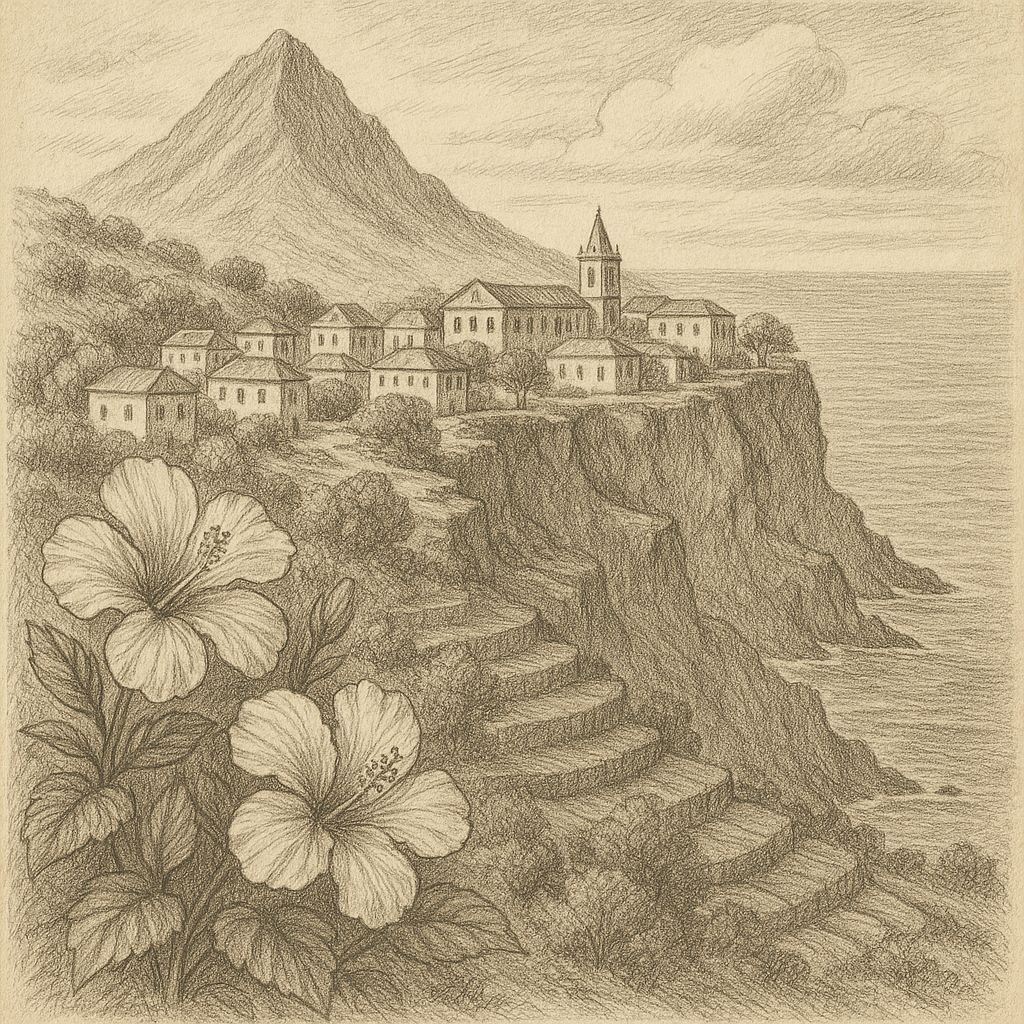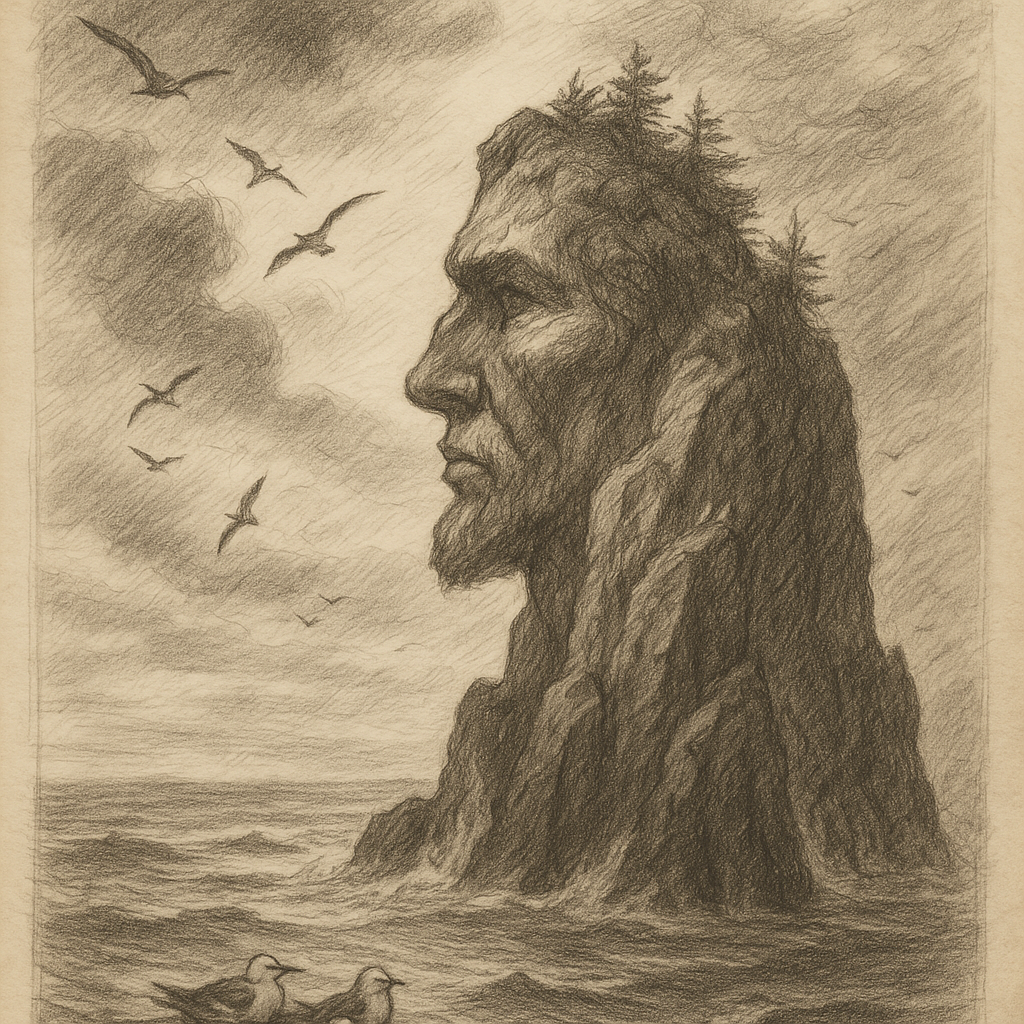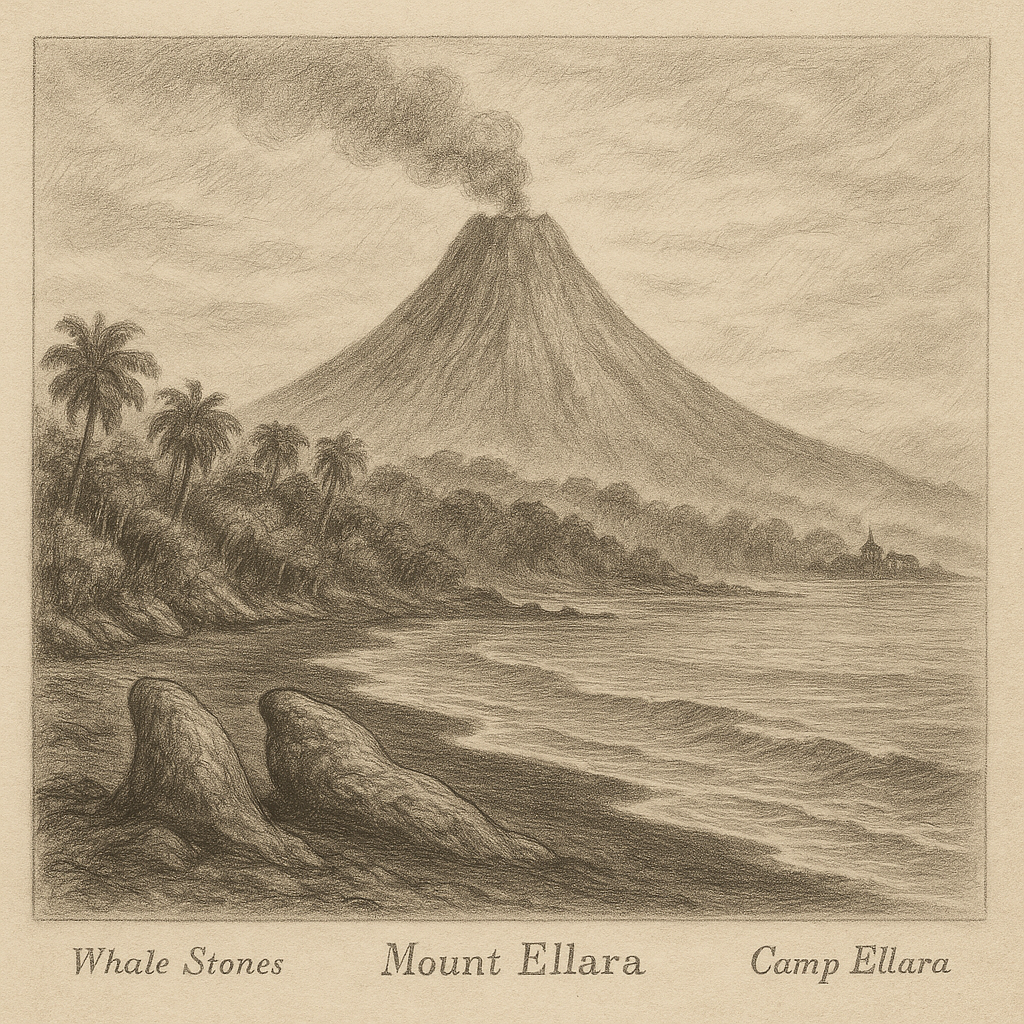Alert Island: A Hidden Gem in the Remote North
Alert Island, one of the most isolated and enigmatic landmasses in the Northern Hemisphere, sits shrouded in fog and mystery off the cold northern coast of Canada. Located within the boundaries of the Arctic Archipelago, this small, rocky island is situated in the Lincoln Sea, just off the northeastern tip of Ellesmere Island. Despite its remote location and austere conditions, Alert Island has captured the imagination of Arctic explorers, scientists, and storytellers for decades.
Geography and Location
Alert Island lies approximately 817 kilometers from the North Pole, making it one of the northernmost pieces of land on Earth. The island spans only about 2.3 square kilometers and rises gently to no more than 40 meters above sea level. It is naturally treeless, consisting mostly of exposed rock, mosses, lichens, and snow-covered terrain for most of the year.
The island is named after the nearby settlement of Alert, the northernmost inhabited place in the world, which serves as a military and research outpost. Due to its position within the Arctic Circle, Alert Island endures frigid temperatures year-round, with average winter lows dipping below -40°C and brief summer highs reaching only 4°C.
Geological Origins and Climate
Alert Island is part of the Canadian Arctic’s complex geological structure. It lies upon the Precambrian Shield, which comprises some of the oldest rocks known on Earth. Shaped by ancient glaciation and tectonic movements, the island features jagged terrain with frost-shattered cliffs and shelves sculpted by centuries of Arctic wind and ice abrasion.
The climate of Alert Island is classified as polar desert, and its weather patterns are influenced heavily by its high latitude and the surrounding polar sea ice. The island experiences almost constant daylight during the summer months, transitioning to total darkness in winter, known locally as polar night. Despite its barren appearance, the island contributes to important climatological studies, especially in relation to shifting sea ice patterns and long-range atmospheric pollutants.
Flora, Fauna, and Ecosystem
Due to its extreme conditions, life on Alert Island is sparse but resilient. The flora consists mainly of cold-hardy species like mosses, liverworts, and various lichen varieties that can survive the short growing season and harsh temperatures. There are no trees or shrubs, and vegetation coverage is limited to sheltered crevices and wind-protected slopes.
Wildlife sightings are rare but not unknown. Alert Island occasionally hosts migratory seabirds such as ivory gulls and Arctic terns. In the surrounding waters and ice floes, polar bears, ringed seals, and narwhals are sometimes observed in the warmer months, when ice melt provides temporary access routes. Despite the island’s forbidding nature, this limited biodiversity is of high scientific interest, as it offers insights into adaptive mechanisms in extreme environments.
Human Presence and Scientific Importance
Permanent habitation on Alert Island is non-existent due to its remoteness and severe living conditions. However, the island lies near the Alert research station—Canada’s northernmost military and scientific outpost—which enables periodic scientific expeditions to the island under strict logistical coordination. Research on Alert Island typically focuses on climate monitoring, permafrost integrity, and polar ecology.
The island is also used to measure persistent organic pollutants (POPs) and greenhouse gas concentrations. Its untouched environment and near-pristine air quality make it an ideal reference point for observing human-induced atmospheric changes far from urban centers.
Curiosities and Unique Features
One of Alert Island’s most intriguing features is its unusual ice dendrites—tiny, branching ice formations that grow on rock surfaces like frost flowers during the long Arctic night. These structures are the result of extreme temperature inversions and are studied for their microstructural similarities to Martian frost formations captured by rovers.
Additionally, due to the island’s latitude, GPS devices and magnetic compasses often malfunction in the area, making navigation particularly challenging. This characteristic earned the island a colloquial nickname among expedition crews: “The Compass Breaker.”
Another noteworthy curiosity is the island’s status as a “sound desert.” Because of the cold, dry, and still air combined with its geological structure, the island absorbs sound in an unusual way. Visitors often report near-total silence—an eerie and disorienting experience even for seasoned Arctic researchers.
Legends and Local Lore
Despite its uninhabited status, Alert Island has inspired several enduring Arctic legends among Inuit communities and explorers. One popular tale speaks of the “Whispering Wind”—a voice carried by the wind that mimics the last thoughts of lost explorers. According to legend, these winds echo the regrets or whispered warnings of those who vanished while trying to return from the ice-laden wilderness.
Another folk belief speaks of the “Eye of the North,” a ghostly light said to appear near the island’s highest point during the twilight season. Some claim it’s a reflection caused by atmospheric ice crystals, while others believe it marks the resting place of an ancient shaman who vanished during a hunting expedition centuries ago.
These legends, while non-scientific, add layers of mystique to an already enigmatic location and highlight the island’s place in the cultural imagination of those who live closest to it, despite never having stepped upon its frozen soil.
Visiting Alert Island
Access to Alert Island is highly restricted and typically only permitted as part of official government or scientific missions. The nearest docking point lies in the vicinity of Alert Station, and expeditions require special clearance, cold-weather gear, GPS-independent navigation equipment, and survival training.
Given the fragility of the tundra ecosystem and the importance of preserving Arctic conditions for scientific study, tourism is not permitted, and entry is closely monitored by Canadian authorities. For those drawn by the allure of the high Arctic, Alert Island remains a remote icon of frozen solitude—visible in satellite imagery and field reports, but rarely touched by human feet.
Conclusion
Alert Island stands as a sentinel at the top of the world—a place shaped by ancient geologic forces and given breath by icy winds and fleeting summer blooms. Its scientific value, environmental purity, and evocative legends combine to form a unique Arctic story unlike any other. Though few will ever visit in person, Alert Island continues to inspire those who study the furthest reaches of the planet and dream of what lies beyond the known maps.


